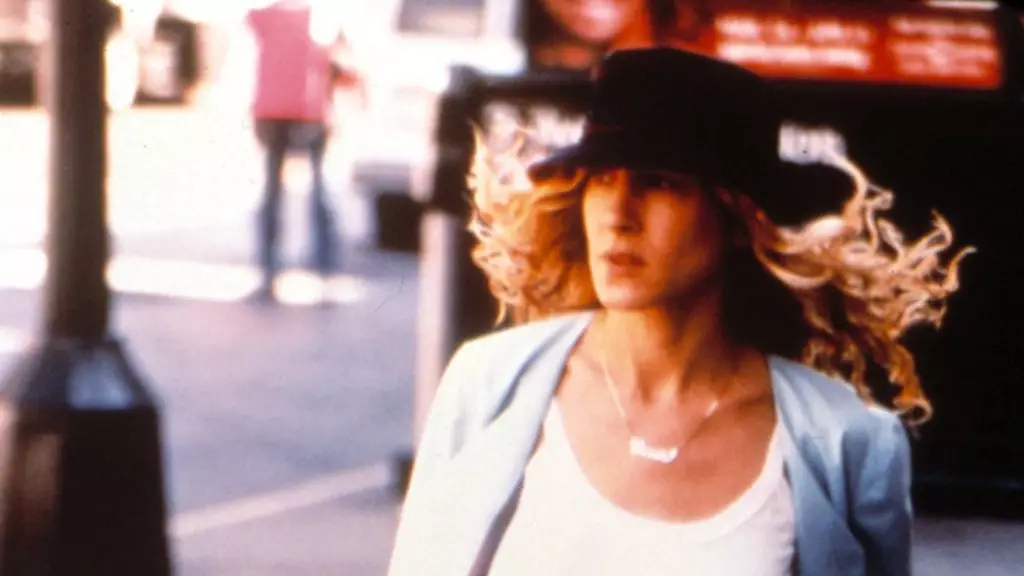Sarah Jessica Parker is synonymous with the character Carrie Bradshaw from HBO’s groundbreaking series “Sex and the City.” However, few are aware that Parker initially expressed a desire to step away from the show soon after its pilot episode was filmed in 1997. In a candid conversation with her co-star Kristin Davis on the podcast “Are You a Charlotte?,” Parker revealed that she had asked her agent to “get me out” of the series. This moment of uncertainty underscores the pressures that often accompany the glitz of fame. Despite her enjoyment during the show’s pilot, once she learned that HBO had picked it up, Parker was overtaken by anxiety about committing to a long-term television role.
Parker’s fears were not unfounded. Historically, much of television’s appeal lies in its episodic nature, which offers a stability that can feel restrictive for dynamic actors. Parker, who had experienced the liberating rush of working on briefly-lived TV series or standalone film projects, feared that committing to a long-running show would chain her down. The prospect of being confined to one character—as fascinating as Carrie Bradshaw was—felt daunting to her creative spirit.
Fear of the Mundane
Elaborating on her apprehensions, Parker described an underlying dread of monotony. She articulated that the thought of repeating the same role season after season felt akin to having a creative muzzle placed over her. Acting, for Parker, was synonymous with variety and movement. She thrived on being a “journeyman” actor, flitting from one project to another, immersing herself in diverse stories and characters. These fears resonate with many artists who strive to maintain artistic freedom while navigating the boundaries imposed by a demanding industry.
Contrary to popular perception, show business is not always the glamorous life portrayed on the big screen. Actors often grapple with the tension between job security and artistic expression. In Parker’s case, that tension manifested not just in simple nerves but a visceral emotional response: “It depressed me.”
A Turning Point
Fortunately for Parker and countless fans of the series, her agents persuaded her to stick it out for at least one year. They offered a compromise: if after a season she still felt the urge to exit, she was free to walk away. But it was through her chance meeting with renowned costume designer Patricia Field that Parker’s outlook began to shift. Field’s vibrant designs brought a sense of excitement and creativity to the table, transforming the role from one of confinement to endless possibilities. This pivotal change in perspective resurrected Parker’s enthusiasm, setting her on a path to embrace her fate.
Life-altering decisions often hinge on unexpected elements—a mentor, a conversation, or even a dazzling outfit that inspires confidence. For Parker, it was the blend of collaborative creativity and the vibrant world of fashion that re-engaged her spirit. Once she found that spark, there was no looking back.
The Legacy of “Sex and the City”
“Sex and the City” went on to carve a formidable space in both television history and popular culture. Launching in 1998 and running for six seasons, the series not only captured the essence of friendship and romance in New York City but also revolutionized how women were portrayed on screen. The success of the show led to two films and a prequel, “The Carrie Diaries,” which further solidified Carrie Bradshaw’s status as an icon.
Beyond its entertainment value, the series challenged conventional narratives surrounding women, femininity, and sexual empowerment. Its influence continues, as discussions around the themes it explored remain relevant in today’s conversations about gender roles and modern relationships.
Sarah Jessica Parker’s journey from reluctance to acceptance is a vivid reminder that the path to fulfilling a destiny is often fraught with uncertainty. Sometimes, it takes a leap of faith and a touch of inspiration to steer those daunting decisions toward a monumental success story.


Leave a Reply